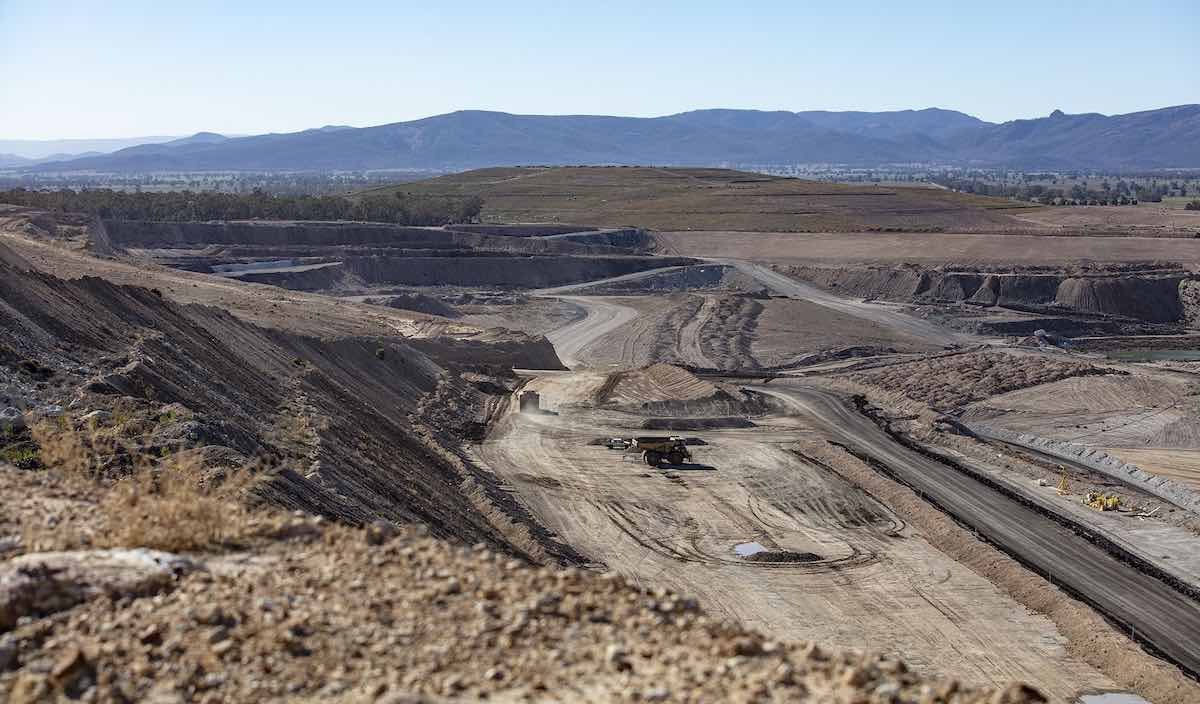Even as the share of renewables in our electricity grid hits all time highs, Australian governments continue to approve coal mine expansions under the radar.
Just last week, the Queensland government approved an expansion of the Lake Lindsay open cut coal mine, which is part of the second gassiest coal mining complex in Queensland operated by Anglo-America. The approval occurred without public consultation.
Australia’s national climate conversation has so far focused on reducing fossil fuels as a source of domestic energy, and not without due cause. Electricity emissions represent one third of our reported greenhouse gas emissions, and the transition to renewables remains a significant regulatory and economic challenge.
However, we are in danger of treating the transition to renewable energy as a panacea, ignoring other major sources of greenhouse gas emissions. Other sources of emissions that represent a fundamental and often overlooked barrier to net zero by 2050.
One such source of emissions, which also comes directly from fossil fuels, are Australia’s fugitive emissions. Fugitive emissions, including potent methane, leak from the ground during the extraction of coal, gas and oil.
These “leaks” represent 11% of Australia’s reported greenhouse gas emissions, heating the climate even before any fossil fuels are burnt for energy. The majority of these emissions come from Australia’s coal mines, and, unlike the electricity sector, the Australian government estimates that Australia’s fugitive emissions will rise to 2030.
But this rise may end up being even greater than government estimates, as many coal mining companies across Australia continue to expand.
For example, Whitehaven Coal Limited has committed to increasing its coal portfolio and will likely double their coal mine methane pollution between now and 2030. This includes a development application to expand the controversial Maules Creek Coal Mine, a mine that has seen waves of protest from many, including the Gomeroi People and local farming communities.
Expanding coal mines are likely to disproportionately increase Australia’s fugitive emissions. This is because deeper mines tend to leak more fugitive emissions as the mine reaches older coal seams that have trapped more methane. Indeed, Jellinbah Group’s proposed Lake Vermont expansion could lead to up to 34 million tonnes of additional methane pollution by 2055 alone.
Right now, fossil fuel corporates are just not doing enough to limit their fugitive emissions, especially when compared to other decarbonisation efforts across the country.
Whitehaven for example, has no clear emissions reduction target or roadmap to reduce fugitive emissions across its current and future mines. Indeed, the Maules Creek Community Council has launched an action against the NSW Environment Protection Authority for allegedly failing to properly regulate the methane pollution from the Maules Creek Coal Mine.
Whitehaven is not alone, there are 25 new or expanded coal mines currently pending approval before Minister Plibersek. Four have already been approved. Those pending include BHP’s Saraji East Mine and Stanwell’s Meandu Coal Mine Expansion, which together, could emit an additional 800,000 tonnes of methane if approved.
The international consensus is clear, methane emissions must rapidly fall this decade if we are to arrest global warming to 1.5°C. Equally, cutting methane emissions is critical to tracking a course to net zero. The Australian government has enshrined net zero by 2050 in legislation and signed onto the Global Methane Pledge, committing to reduce Australia’s methane emissions by 30% by 2030.
To actually achieve these targets, however, the coal sector must decarbonise alongside the rest of Australia’s economy.
The good news is, significant coal mine methane emissions cuts by 2030 are both technically and economically feasible. Based upon the International Energy Agency’s 2023 Methane Tracker, Ember estimates that Australia could reduce its coal mine methane emissions by 78% by 2030.
A planned phaseout of thermal coal mining by 2030 would reduce Australia’s coal mine methane emissions by just under half, with further emissions reduction achieved by deploying proven mitigation measures at the remaining coking coal mines.
But right now, corporate profiteering is driving fugitive emissions in the wrong direction. And until the Australian government stops approving new developments and gets serious about properly measuring and reducing coal mine methane emissions – it’s unlikely that we will see fugitive emission cuts any time soon.
Annika Reynolds is a Climate Policy Advisor at international energy think-tank, Ember.









